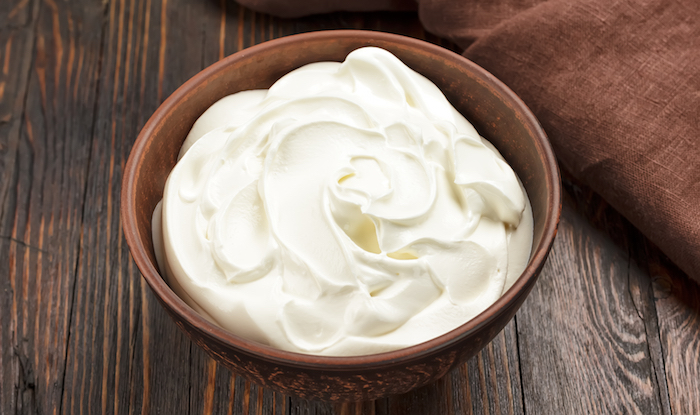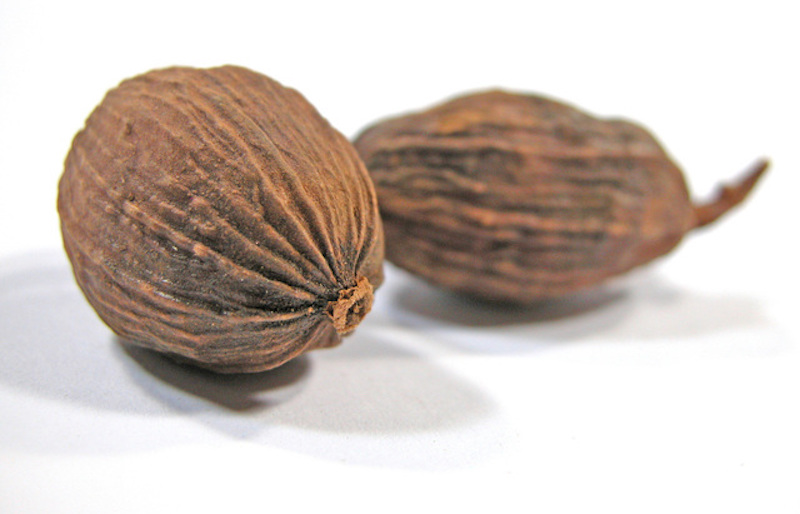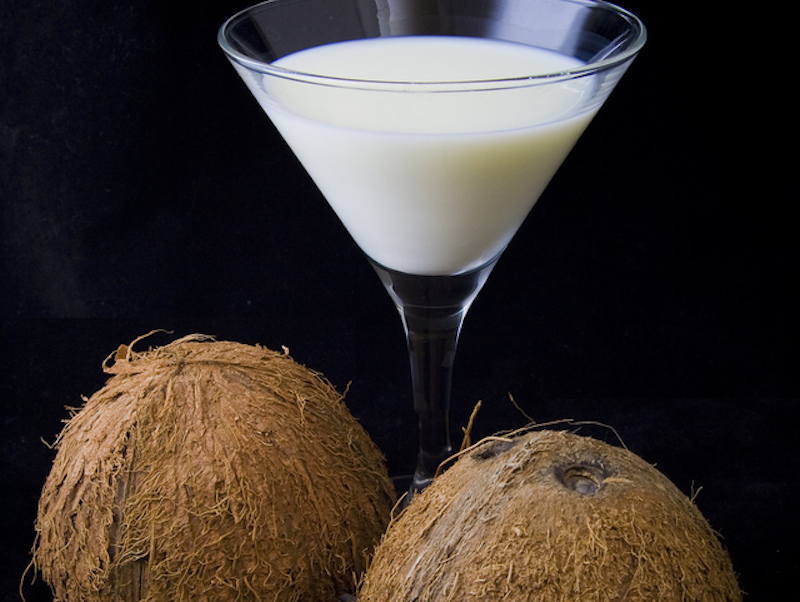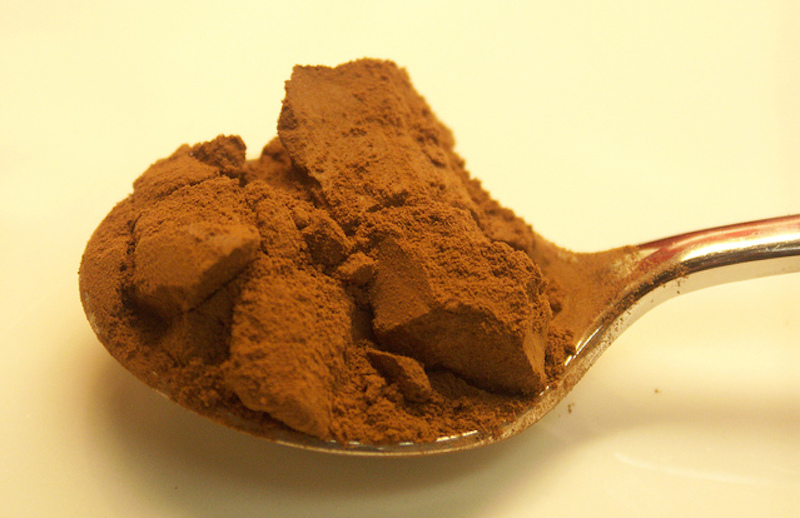Sour cream has become a staple in most kitchens, kept on hand to make quick dips, thicken sauces, and of course, to top baked potatoes. Like its relative, yogurt, sour cream also tenderizes and softens baked goods.
Sour cream is a dairy product rich in fats obtained by fermenting a regular cream by certain kinds of lactic acid bacteria. The bacterial culture, introduced either deliberately or naturally, sours and thickens the cream. Though only mildly sour in taste, the name stems from the production of lactic acid by bacterial fermentation, sometimes referred to as “souring”.
Adding bacteria derived from lactic acid makes sour cream sour. The bacteria essentially culture the cream, causing it to become thick and sour. Untreated cream is quite sweet, but sour cream has that added zip which makes it so desirable to many. It contains from 15-20% fat, which can add a significant calorie amount to products in which it is used. To counter this extra fat, some sour cream versions are now either light or non-fat.
Another possible substitution, which may be good for the digestion as well as the diet, is yogurt. Even whole milk yogurt contains less fat that sour cream and often serves well in recipes that require sour cream. Further, unlike sour cream, most plain yogurts still have a high amount of active cultures. In particular, people who seem to have trouble eating beans may find that a dollop of yogurt instead of sour cream on a bean dish may help reduce gas.
Commercial sour cream may also include rennet, gelatin, flavoring agents, vegetable enzymes, sodium citrate, and salt. Check the label if you suffer from food allergies or make your own homemade sour cream.
Read 4669 times!



